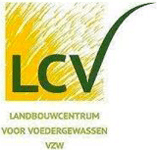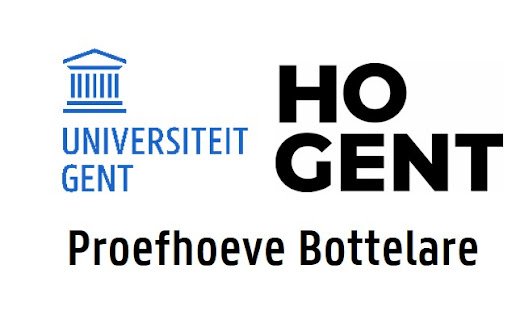Maize and grass form the basis of dairy cattle rations. It is therefore logical that these are the two main crops on a dairy farm. Despite the thorough practical knowledge about the benefits of crop rotation at the practice centres, the guiding legislation (3e cultivation) and sensitisation (including demo project 2019-06 J-principle of crop rotation in maize), many dairy farmers stuck to monoculture in maize cultivation, whether or not interspersed with the 5-year cultivation of potatoes. Especially on sandy soils, where there is less alternative to high-value crops, rotation remains limited. Current policy changes, both in CAP and IPM legislation, require farmers to apply effective crop rotation on their plots. For many dairy farmers, it will be a major challenge to work out a rotation scheme for his plots and also implement these new crops effectively on his farm. A first important hurdle to be taken for the farmer is making the choice of successive crops for each plot, taking into account the fit with the ration or possible market, opportunities and pitfalls in the context of disease transmission, legislation... A second hurdle is taken when implementing crops that are new to the farmer or with which he may have had a negative experience in the past. This involves technical aspects (sowing, harvesting, crop protection), possible collaborations with a contractor and getting a good view of the qualities of a crop that may not always be purely financial, but offers opportunities towards liming, fertilisation, carbon build-up, soil quality and/or IPM.
The objectives within the project are to allow farmers to exchange experiences on crops, crop succession and the use of green cover crops that they apply on their farms. It will also provide tools to set up a realistic rotation scheme for the farm. Demonstrations will also be given so that farmers can see the effects of these adjustments.










